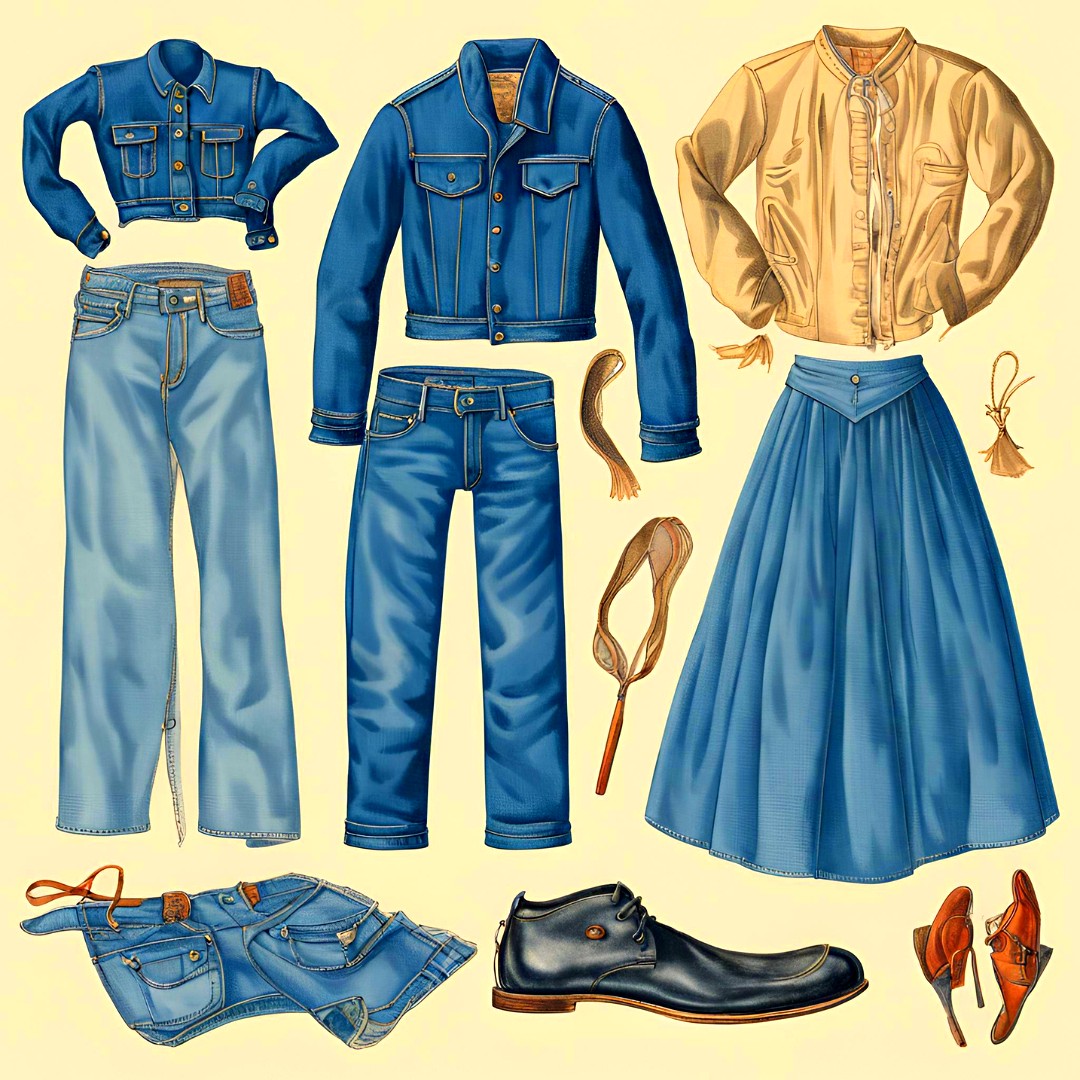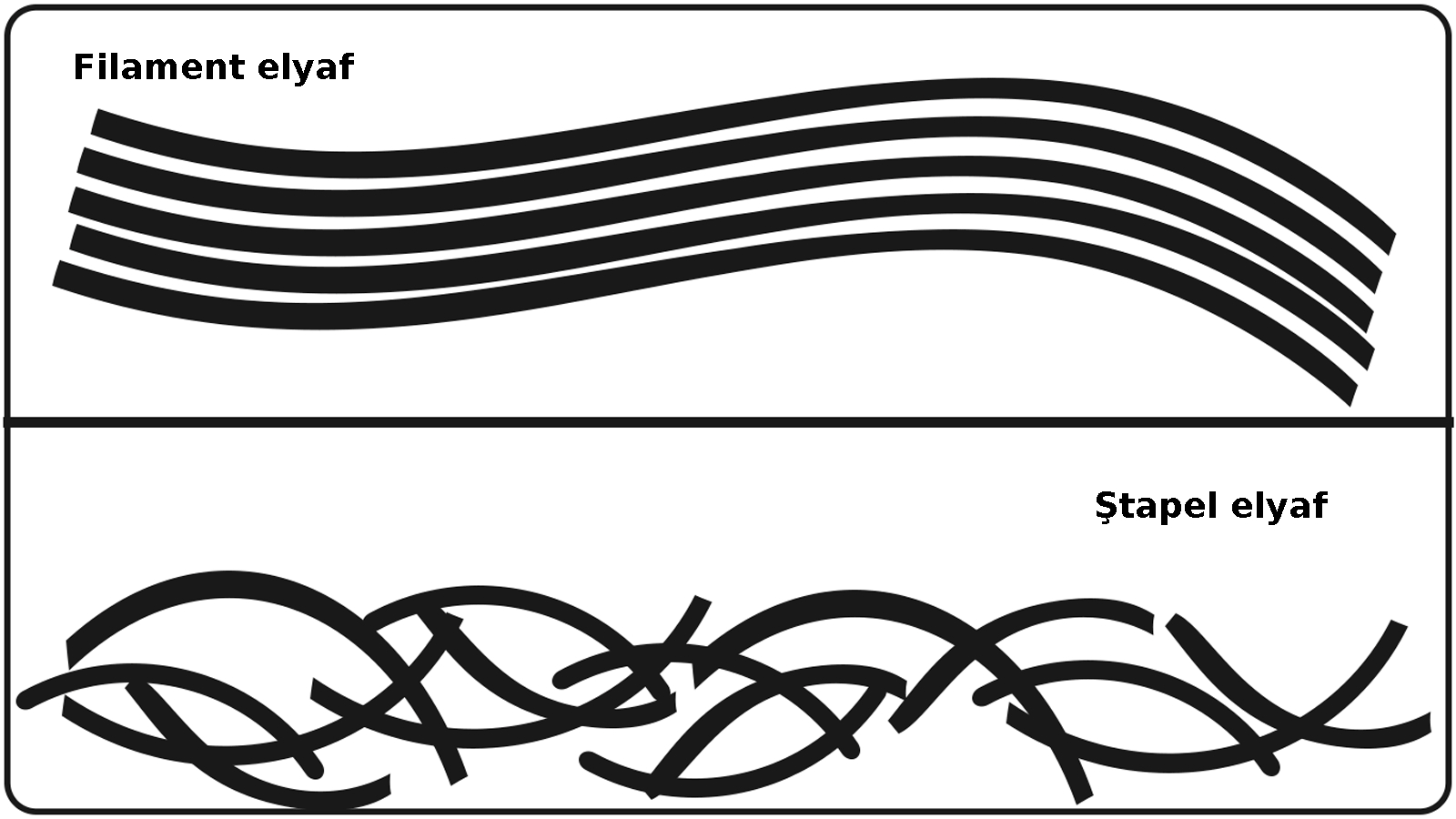Fabric Flammability, Quality Assurance
11:50
0 comments
Flammability
All natural fabrics will burn, but some are more combustible than others. Untreated natural fibers such as cotton, linen and silk burn more readily than wool, which is more difficult to ignite and burns with a low flame velocity. The weight and weave of the fabric will affect how easily the material will ignite and burn. Fabrics with a tight weave - wool, modacrylic, 100 percent polyester and those that are flame-retardant treated are good choices. Heavy, tight weave fabrics will burn more slowly than loose weave, light fabrics of the same material. The surface texture of the fabric also affects flammability. Fabrics with long, loose, fluffy pile or brushed nap will ignite more readily than fabrics with a hard, tight surface, and in some cases will result in flames flashing across the fabric surface.
Most synthetic fabrics, such as nylon, acrylic or polyester resist ignition. However, once ignited, the fabrics melt. This hot, sticky, melted substance causes localized and extremely severe burns. When natural and synthetic fibers are blended, the hazard may increase because the combination of high rate of burning and fabric melting usually will result in serious burns. In some cases, the hazard may be greater than that of either fabric individually. Curtains, draperies and other articles in the home can have their burning rates reduced with flame retardants applied through chemical treatment. Such flame-retardant treatment after manufacturing is not recommended for clothing. The design of clothing also may influence the flammability of the garment. Full, long and loose garments tend to ignite easily and have a higher rate of burning since more material is exposed to the atmosphere than with close-fitting garments.
Flame-retardant materials used in garments require special laundering to maintain the flame-retardant effectiveness. Flame-retardant materials should be washed only with standard detergents. Clothing labels usually provide adequate information about the care of the garment. Recommended clothing for minimum flammability would be sturdy jeans, tight-fitting jerseys, blouses without frills, jersey pajamas with no ruffled nightgowns, clothes with tight-fitting or short sleeves, clothes made from flame-retardant fabrics, sweaters, shirts and dresses that are not loose, flowing or too big. Clothing made from flame-retardant fabric is recommended especially for the elderly. In terms of flammability, silk may be the worst with a high burning rate, which may be increased by the dyes and other additives to provide color.
- Cotton and linen also have a high burning rate but this can be alleviated by the application of flame-retardant chemical additives.
- Acetate and triacetate are as flammable or slightly less flammable than cotton. However, they can be made flame-retardant with chemical treatment.
- Nylon, polyester and acrylic tend to be slow to ignite but once ignited, severe melting and dripping occurs.
- Wool is comparatively flame-retardant. If ignited, it usually has a low burning rate and may self-extinguish.
- Glass fibers and modacrylic are almost flame-resistant. These synthetic fibers are designed and manufactured to possess flame-retardant properties.
The code of federal regulations (CFR) covers the requirements for all textile and apparel items that are to be sold in the U.S. Manufacturers, sourcing agents, brands and retailers must understand and follow the Regulations as serious fines can be levied against companies that violate them. This has financial implications but also and possibly more serious repercussions, including public relations problems.
-
Ayakkabılarda doğru numara seçimi sağlık ve kullanım ömrü açısından önem arz eder. Kesirli Ayakkabı Numaraları Ne Anlama Geliyor? 🤔 Bazı a...
-
İş sağlığı ve güvenliği için bazı işletmelerde pr ayakkabı kullanımı gereklidir. Ayakkabılarda rastladığımız "PR" terimi, İngiliz...
-
Rahat bir kullanım için ayağın genişliği ve uzunluğuna uygun ayakkabıyı seçmek son derece önemlidir. Ayakkabı Genişlik Terimleri: E, F, FX,...
-
Lif kısaltmaları tekstilde elbise üretiminin her aşamasında kullanılır. Tekstil, Kumaş, Lif ve Elyaf Kısaltmaları : Tekstil endüstrisi, lif...
-
Yeşil renk ve tonları, sarı ile mavi ışığın birleşmesi sonucu oluşur ve fotosentetik pigmentler nedeniyle bitki yapraklarında yaygın olarak ...
-
Kumaşın ön yüzünün ve arka yüzünün gösterimi. Kumaş yüzü (Alm. Stoffvorderseite, Fr. front de tissue, İng. fabric face; face of fab...
-
Türk tekstil ve hazır giyim sektörü: yerli markaların yükselişi. Türkiye'nin lokomotif sektörlerinden biri olan tekstil ve hazır giyim...
-
Mavi polycotton nevresim takımı. Polycotton , polyester ile pamuğu (cotton) karıştırarak elde edilen, her iki elyafın en iyi performans ...
-
Vorteks iplik üretim aşamaları gösterimi. Vorteks (vortex) eğirme sistemi temel olarak bir çekim sistemi ve bahsedilen çekim sisteminin de...
-
Türk ayakkabı markaları, yerli ham maddeyi mükemmel işçilik ve estetik tasarımlarla birleştiriyor. Türk malı ayakkabı ürünler, kalitesi ve e...
-
Türk tekstil ve hazır giyim sektörü: yerli markaların yükselişi. Türkiye'nin lokomotif sektörlerinden biri olan tekstil ve hazır giyim...
-
Akrilik elyaf, iyi yalıtım özelliğine sahip olmasıyla öne çıkan sentetik bir lif türüdür. Akrilik Elyaf: Tanım ve Özellikler Akrilik, ( Alm....
-
Kumaş numunesi. 1) Yapılarına göre (nasıl yapıldıysa o ismi alır) a) Dokunmamış kumaşlar - Nonwoven , keçeler, kağıt telalar, elyaf, vi...
-
Ünlü Türk modacı ve tasarımcılarının kreasyonları artık dünya moda başkentlerinde sergileniyor. Türkiye'de tekstil ve moda sektörünü...
-
Farklı renk ve türdeki kumaş çeşitleri. Kumaş, ipliklerin, çeşitli yöntemlerle bir araya getirilerek oluşturduğu kaplayıcı yüzeylerd...
-
Türk ayakkabı markaları, yerli ham maddeyi mükemmel işçilik ve estetik tasarımlarla birleştiriyor. Türk malı ayakkabı ürünler, kalitesi ve e...
-
Dünyanın en meşhur modacıları. Dünyaca ünlü modacılar Her sezon önce podyumları sonra da vitrinleri süsleyen özel koleksiyonların arkas...
-
Lif kısaltmaları tekstilde elbise üretiminin her aşamasında kullanılır. Tekstil, Kumaş, Lif ve Elyaf Kısaltmaları : Tekstil endüstrisi, lif...
-
Naylon olarak da bilinen polyamid kumaşlar sentetik kökenli bir kumaş türüdür. Polyamid ya da naylon (Alm. Polyamidfaser, Fr. fibre ...
-
Tekstil ürünlerinin etiketlerinde yıkama, kurutma ve ütüleme ile ilgili semboller bulunur. Tekstil Ürünleri için Tavsiye Edilen Yıkama Tali...


















































































































0 yorum:
Yorum Gönder
Merhaba, daha kaliteli bir site için yorumlarınızı bekliyoruz.